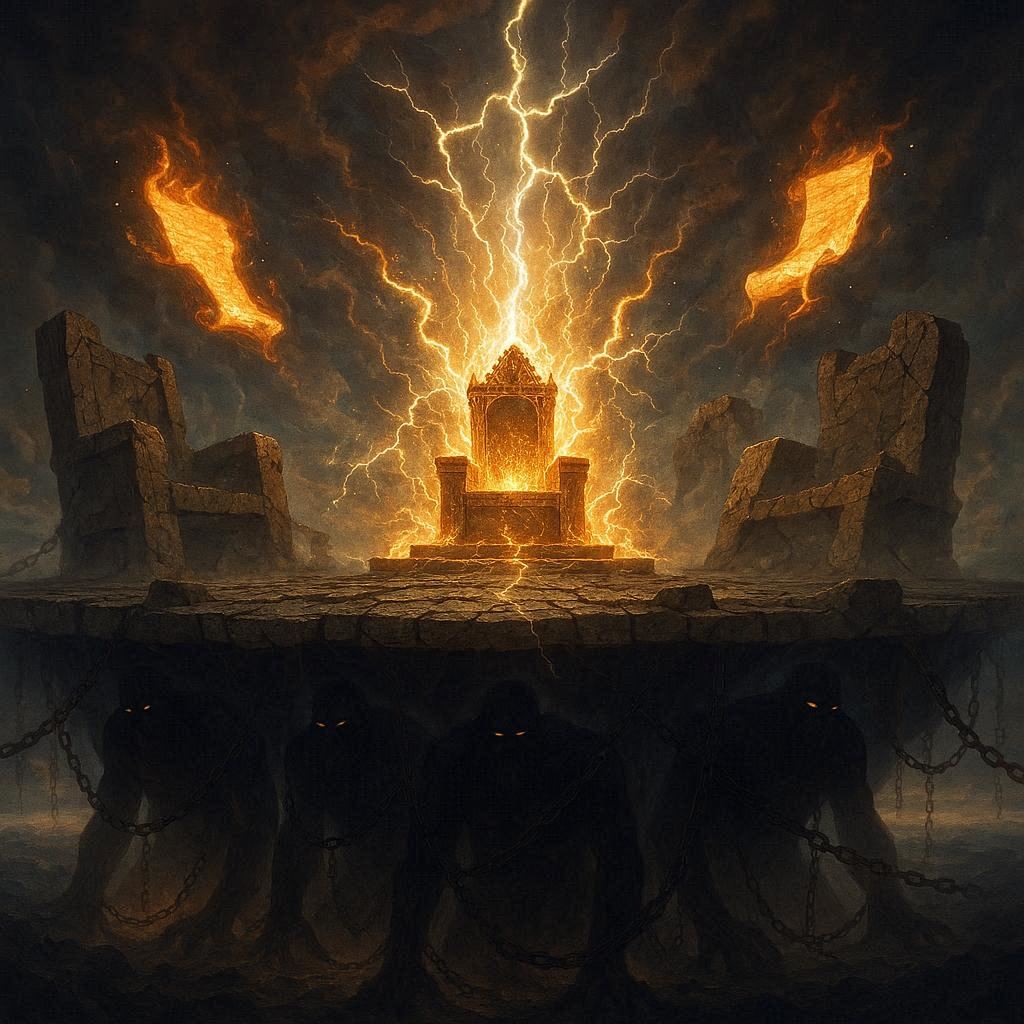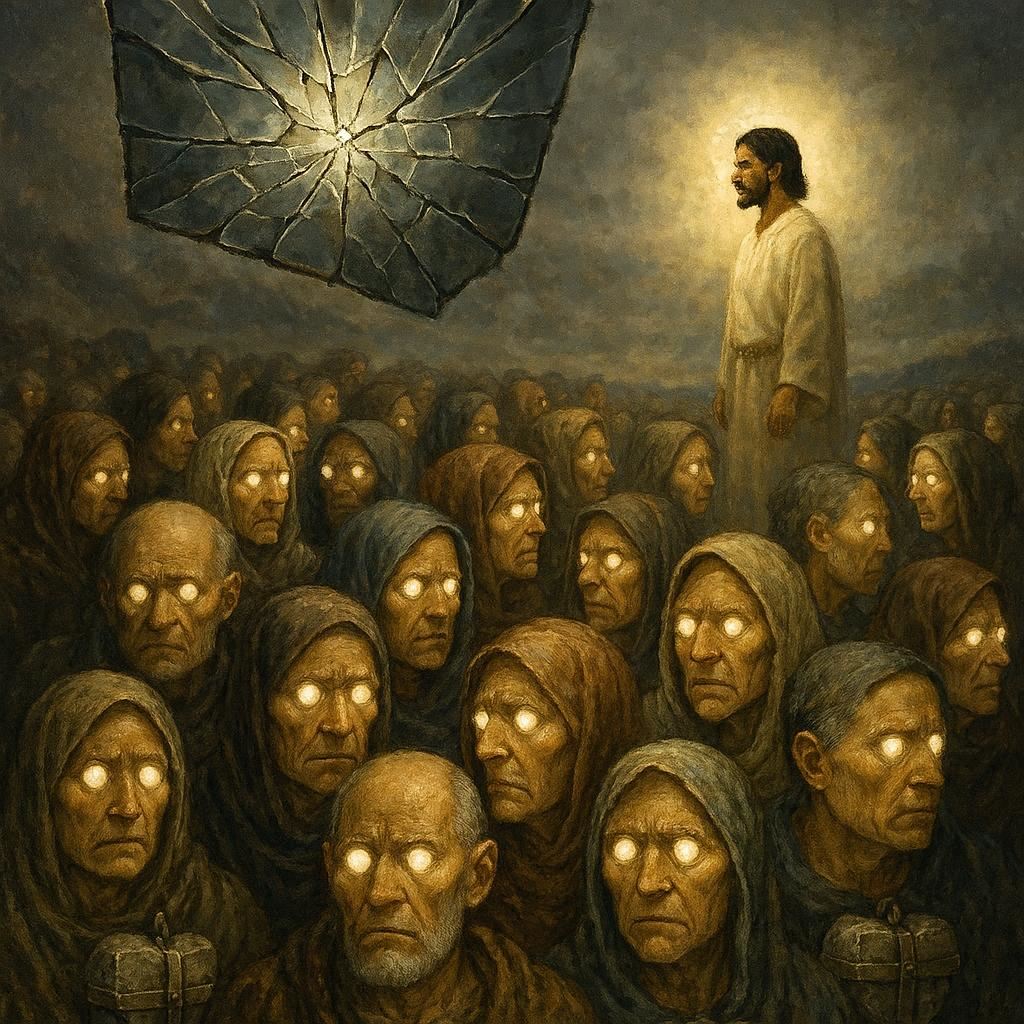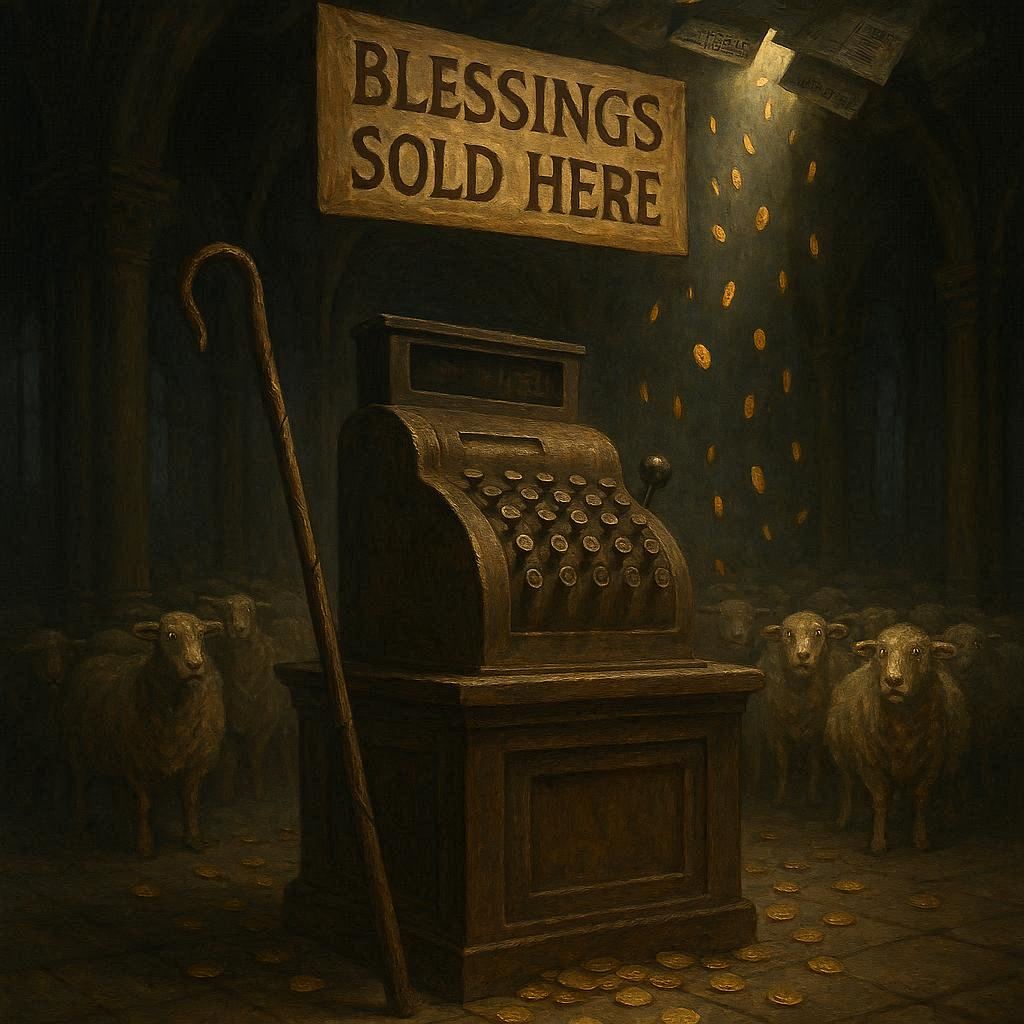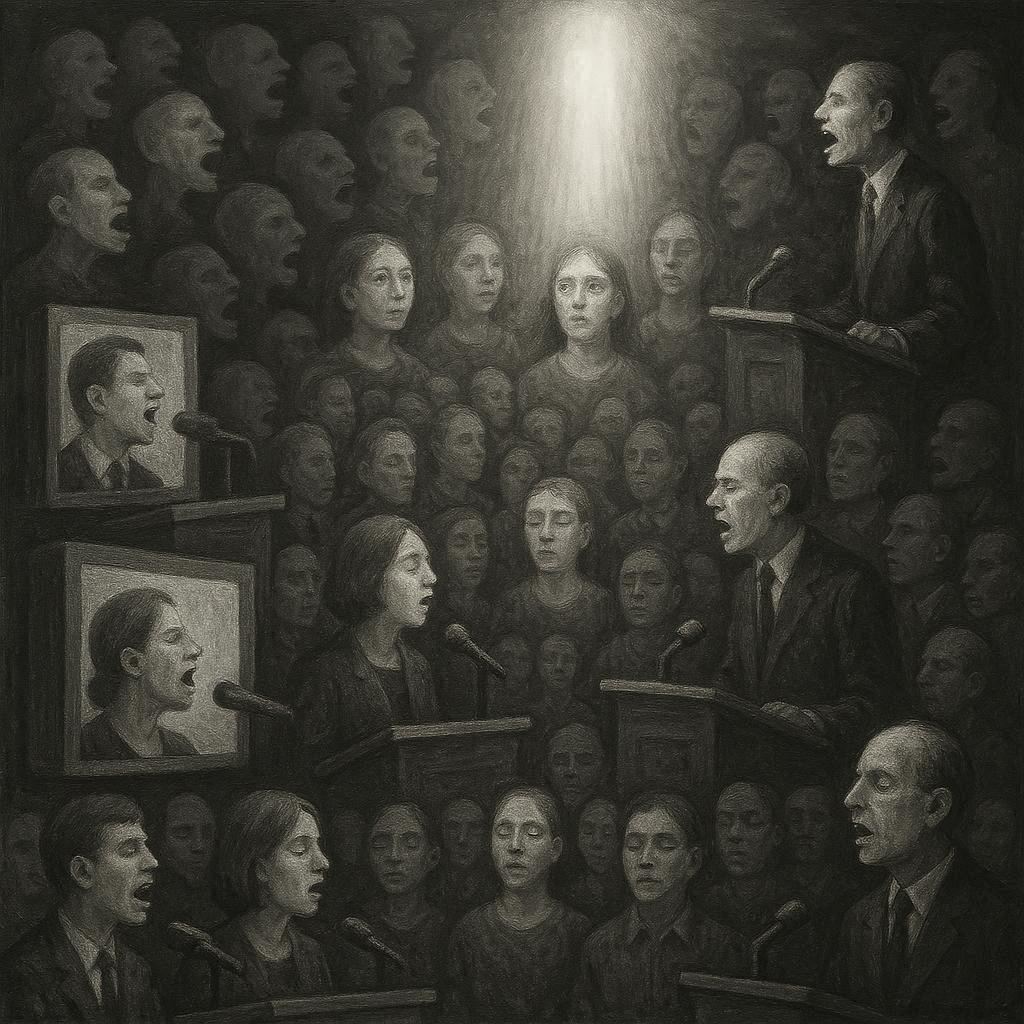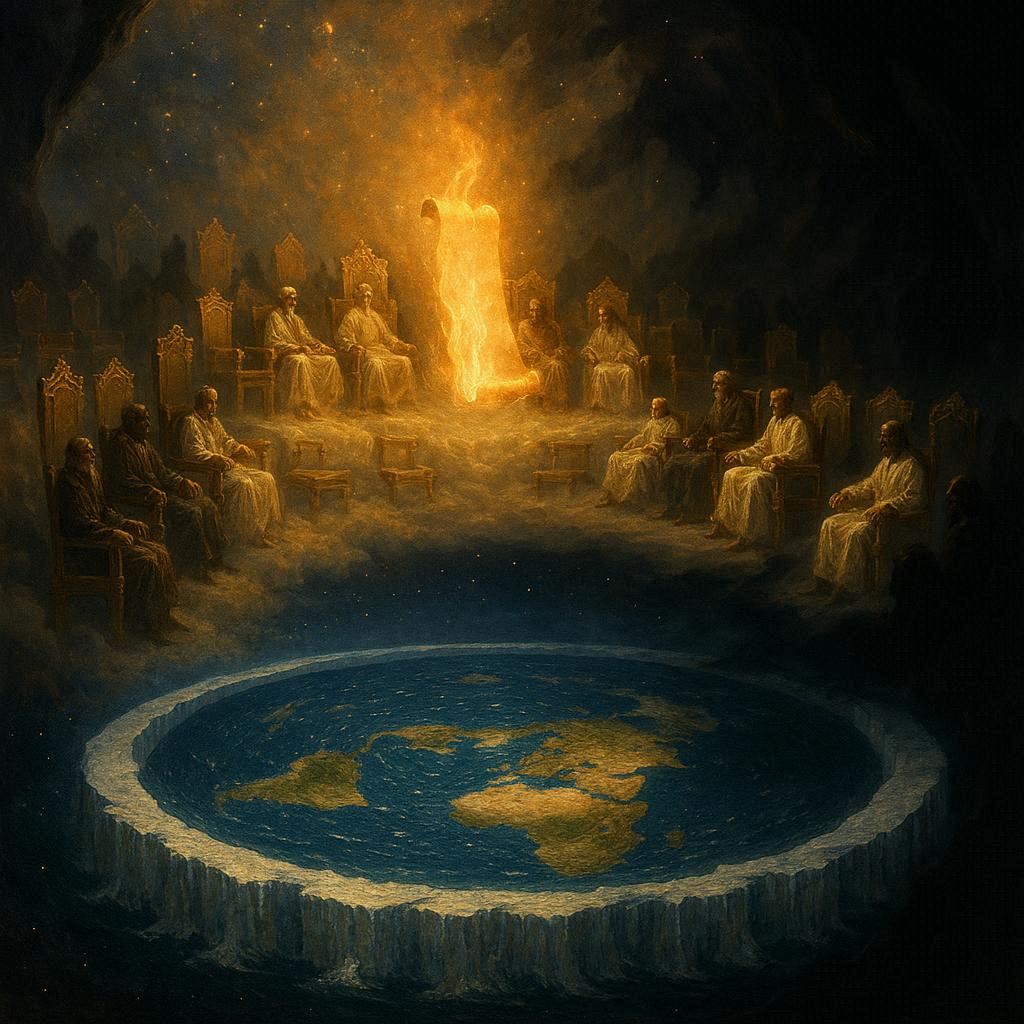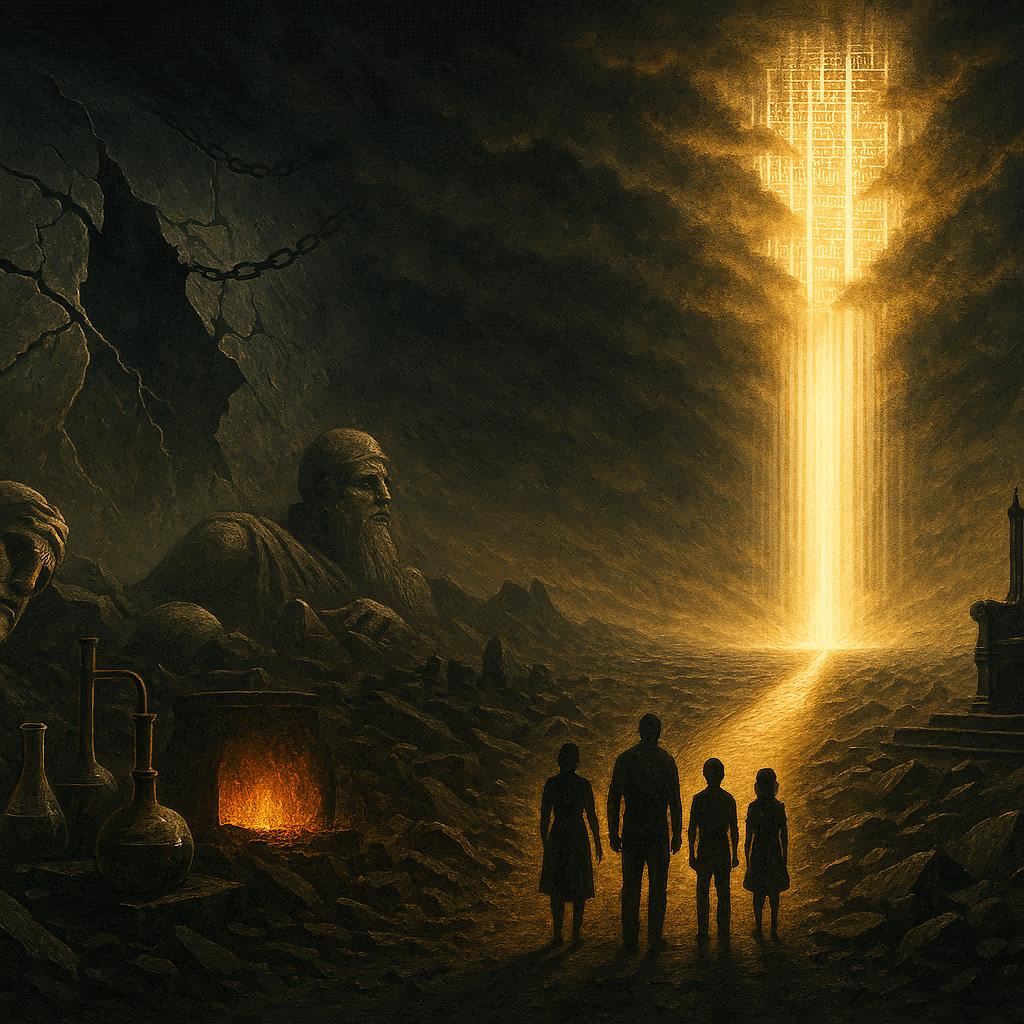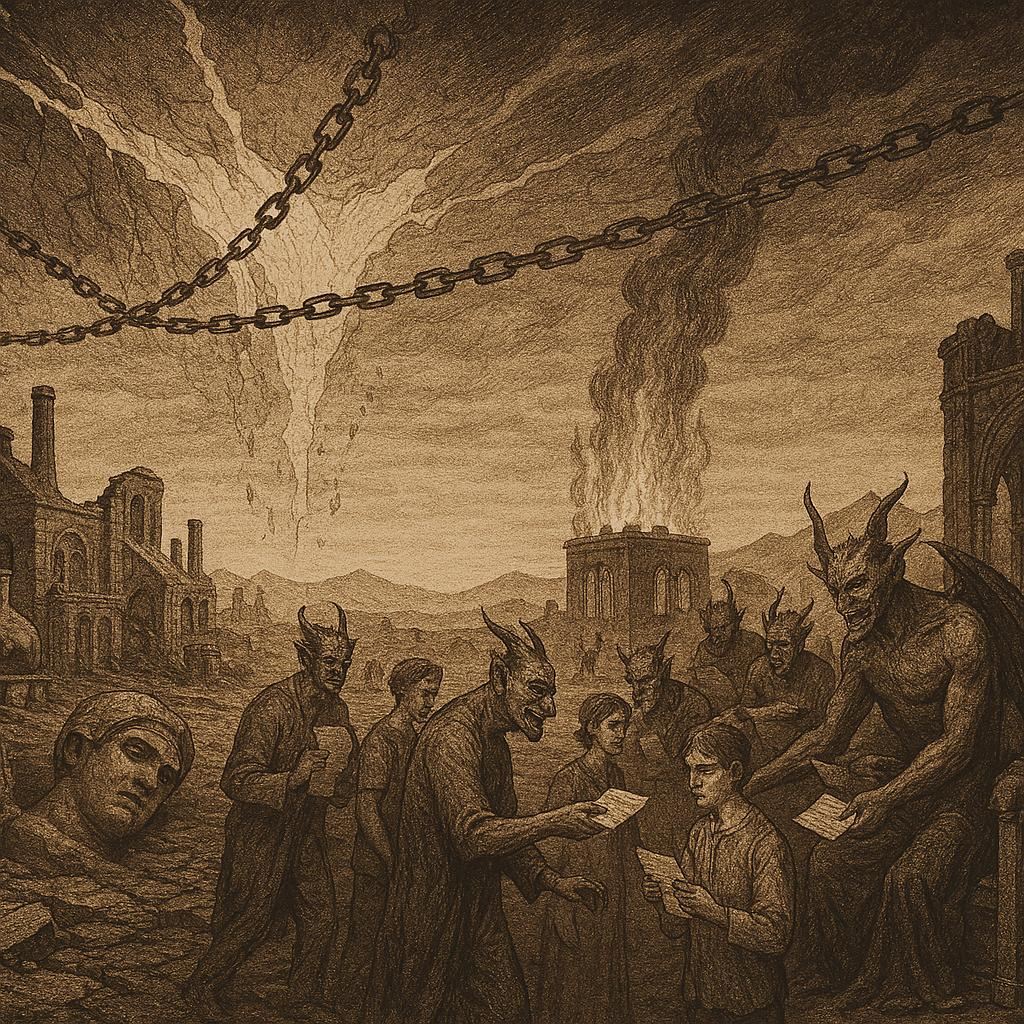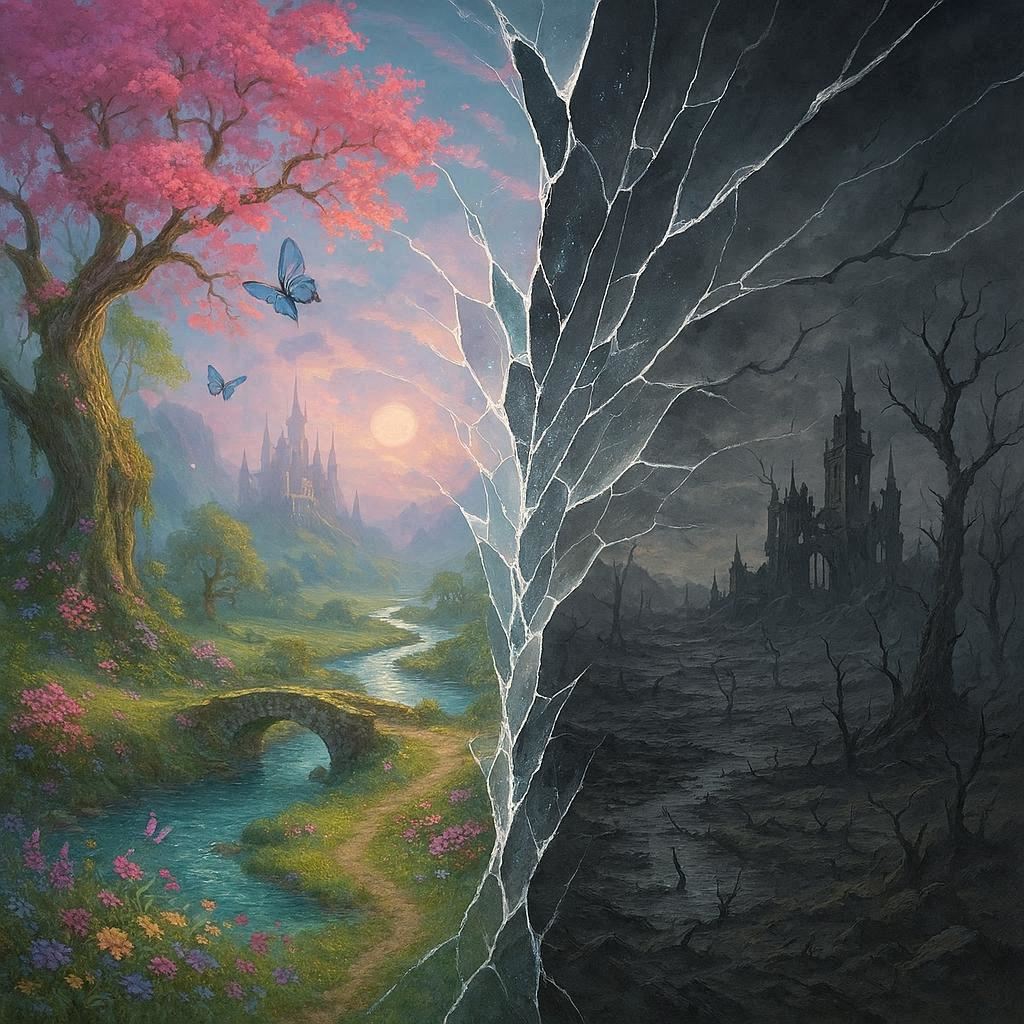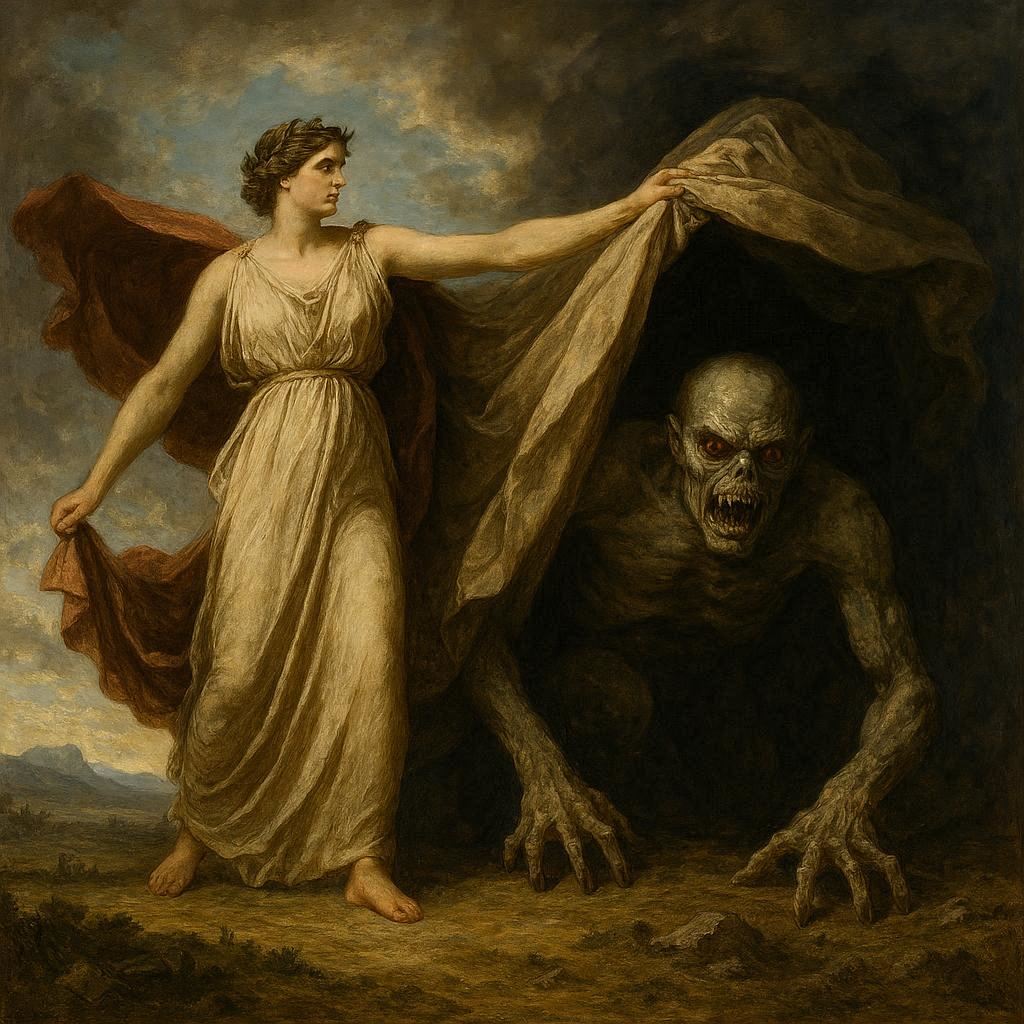Welcome. We believe truth is loving, correction is merciful, and obedience brings life. Here, we measure success by faithfulness, not numbers. You’ve entered a community that believes holiness still matters and grace still saves. In a culture of confusion, we seek clarity through God’s Word.
A Courtroom Older Than the World:
Hello, and a blessing you are, thanks for your visit. A very interesting subject you can tell by its title above. If you are not familiar with Genesis 6, you will be after today and know all about the principles that participated in this message. So let’s get this started…
‘Friends, Before nations rose and fell, before empires corrupted truth, before mankind learned to lie to itself, there was a trial. It was not held in any earthly court, nor recorded in human law books. It unfolded in the unseen realm, where authority is real, rebellion is cosmic, and judgment is inevitable.
This trial was not about humanity—it was about those assigned to oversee humanity. The Bible reveals, often quietly and sometimes forcefully, that God delegated authority beyond the visible world. There were beings appointed to watch, guide, and remain within strict bounds.
These were not myths. They were not metaphors. They were Watchers, created beings with delegated authority, moral responsibility, and a defined role in God’s order. Their crime was not curiosity. It was a rebellion against boundaries. And their judgment is not past—it is awaiting completion.
I. Authority Given: The Order Before the Fall:
God is a God of order. Authority does not originate in chaos but in delegation. Scripture consistently shows that God assigns dominion in layers—heavenly and earthly—each accountable to Him. “When the most High divided to the nations their inheritance…
He set the bounds of the people according to the number of the children of Israel.” (Deuteronomy 32:8 KJV). This verse hints at a structure unseen by most readers; a division of nations under spiritual administration. The Watchers were part of that administration.
They were not gods. They were servants—custodians, observers, enforcers of divine order. Their authority was real—but limited:
- They were not creators.
- They were not sovereign.
- They were not permitted to cross certain lines.
Every authority in Scripture comes with restraint. Power without obedience is treason.
II. The Crime: Transgression of Boundaries:
The Watchers did not stumble accidentally. They chose to violate their appointed limits. The Book of Enoch records what Scripture alludes to; these beings descended, interfered, taught forbidden knowledge, and corrupted human order; That the sons of God saw the daughters of men that they were fair; and they took them wives of all which they chose.. This was not enlightenment—it was contamination (Genesis 6:2).
They introduced:
- Illicit knowledge without wisdom.
- Power without accountability.
- Technology without morality.
- Desire without restraint.
The result was chaos—genetic, spiritual, and societal. Genesis records the aftermath briefly, but deliberately; “There were giants in the earth in those days…”(Genesis 6:4). Scripture does not explain giants as metaphors. It explains them as consequences. When heaven violated earth, earth broke.
III. The Trial: Judgment Pronounced, Sentence Delayed:
God did not overlook this rebellion. Judgment was immediate—but not final. These beings are detained and everlasting chained in darkness, awaiting sentencing. Why delay? Because their influence did not end with their imprisonment (Jude 1:6).
IV. Authority Lost: From Overseers to Adversaries:
The war moved underground—into systems, knowledge, bloodlines, and institutions. The Watchers lost authority when they rebelled. But authority forfeited does not disappear—it is contested. Deprived of lawful dominion, the fallen realm shifted tactics. Instead of open interference, it moved toward manipulation.
This is where modern humanity miscalculates. The greatest deceptions are not supernatural spectacles—they are normalized systems:
- Education stripped of God.
- Medicine divorced from natural creation.
- Governance severed from morality.
- Religion emptied of truth.
These are not accidents. They are the long-term residue of ancient rebellion. The Watchers no longer rule—but they influenced.
V. Judgment Awaiting: Why the World Feels Like It’s Breaking:
Scripture teaches that creation groans—not because God failed, but because rebellion remains unresolved. The final judgment of the Watchers coincides with the final restoration of order. “For the earnest expectation of the creature waiteth for the manifestation of the sons of God.”
(Romans 8:19).
This is cosmic. When God restores rightful authority, everything collapses that was built on stolen influence. That is why:
- Systems are failing simultaneously.
- Truth is collapsing everywhere at once.
- Lies require force to survive.
The trial is not over. The sentence is not delayed forever. The Watchers will not escape.
VI. The Warning to Humanity: Borrowed Authority Always Ends:
This is the lesson modern humanity refuses to learn. Any system built on:
- Fear instead of truth.
- Control instead of obedience.
- Power instead of humility.
Inherits the fate of the Watchers. Authority without submission to God always ends in judgment. The trial of the Watchers is not ancient history, it is a pattern. And humanity is now repeating it. The Court Is Still in Session:
- The Watchers await judgment.
- The fallen realm trembles.
- Humanity is being tested.
Not by knowledge—but by allegiance. Those who align with truth will stand. Those who benefit from rebellion will fall. God’s court has never adjourned.
Author’s Note:
‘Friends, this essay was written to restore a reality modern Christianity has been trained to avoid: the Bible describes a cosmic order, a cosmic rebellion, and a cosmic judgment that directly affects human history. Ignoring this does not make it untrue—it makes believers vulnerable.
The Watchers were not myths created to entertain ancient minds. They are part of the biblical explanation for why the world is fractured at its foundation. Their rebellion introduced corruption that still echoes through institutions, ideologies, and systems that operate without submission to God.
This message is not meant to inspire fear, but discernment. Scripture never calls believers to obsess over the fallen realm, but it does command awareness. A people who do not understand the nature of their adversary will misidentify the battlefield—and blame flesh for what is spiritual.
The reality is (Genesis 6:2-4); 2 That the sons of God saw the daughters of men that they were fair; and they took them wives of all which they chose. 3 And the Lord said, My spirit shall not always strive with man, for that he also is flesh: yet his days shall be an hundred and twenty years.
4 There were giants in the earth in those days; and also after that, when the sons of God came in unto the daughters of men, and they bare children to them, the same became mighty men which were of old, men of renown (Giants).
Common sense confirms what Scripture reveals: evil does not appear suddenly; it infiltrates patiently. It uses authority, knowledge, and influence—just as the Watchers once did.
This work calls readers back to humility. Authority belongs to God alone. Any power borrowed, stolen, or misused will be judged—whether angelic or human.
If this essay unsettles you, it is doing its job. Truth shakes before it steadies. The trial of the Watchers reminds us that no rebellion—seen or unseen—escapes the courtroom of God. 16 Behold, I send you forth as sheep in the midst of wolves: be ye therefore wise as serpents, and harmless as doves (Matthew 10:16).
Thanks for your visit. God bless. Amen!
Author and Servant;
Norman G. Roy III
Genesis 6 | Nephilim | Noah l Ark | Holy Bible | VideoBible.com:

